


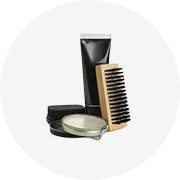
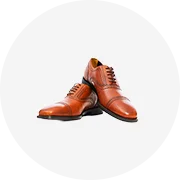
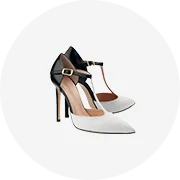
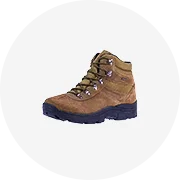
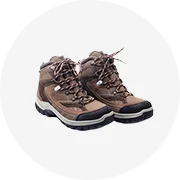
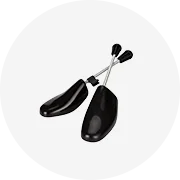

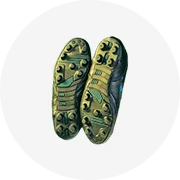
Boot jacks are essential tools designed to aid in the removal of boots with ease. They serve as a practical solution for individuals who struggle with bending over or who wish to preserve the integrity of their boots by avoiding the need to pull them off manually. This introduction delves into the various aspects of boot jacks, from their types and applications to the materials used in their construction.
Diverse in their construction, boot jacks come in various forms to accommodate different boot styles and user preferences. Whether it's for ankle boots, knee-high boots, or thigh-high boots, there is a boot jack suited for each type. Beyond personal use, they are also found in industrial settings where safety shoes are frequently worn, providing a convenient and efficient way to remove footwear after a long workday.
The design of a boot jack often includes a U-shaped mouth which cradles the heel of the boot, allowing the user to step on the device with one foot and slip the other out. This simple yet effective mechanism can be further enhanced with additional features such as rubber grips for stability, ergonomic handles for comfort, and even foldable designs for portability. Materials range from sturdy plastics for lightweight options to metals and woods for durability and aesthetic appeal.
When selecting a boot jack, the material is a significant consideration. Wooden boot jacks offer a classic look and robustness, while plastic models provide a cost-effective and lightweight alternative. Metal boot jacks, often made from steel or aluminum, offer longevity and can withstand heavy use, making them suitable for both personal and commercial applications.
The advantages of using a boot jack are manifold. They not only facilitate the removal of boots, preserving the structure and longevity of the footwear but also provide ergonomic benefits by reducing the need to bend or apply excessive force. For those in professions requiring insulated work boots or steel toe shoes, a boot jack is a valuable addition to maintain safety and comfort.
Selecting the right boot jack involves considering the specific needs of the user. For instance, someone who wears pull-on work boots might prefer a boot jack with a broader opening, while another who requires lightweight work shoes might opt for a compact and simple design. The choice ultimately depends on the type of footwear and the context in which the boot jack will be used.